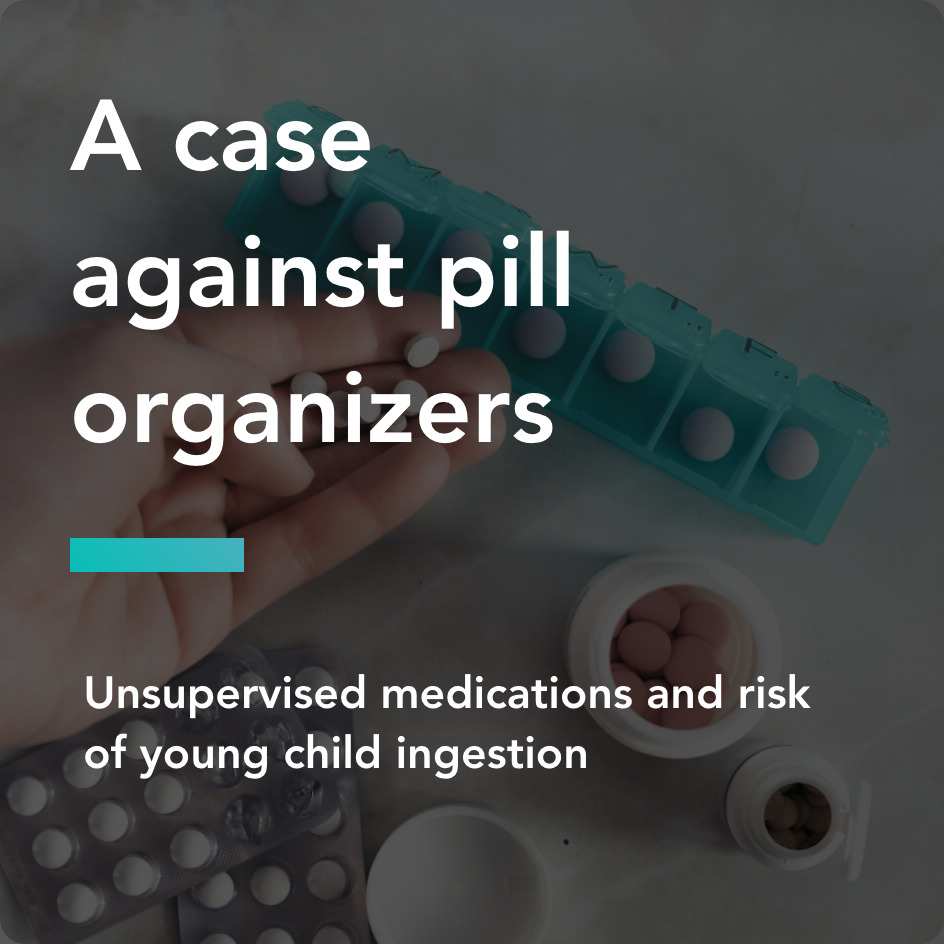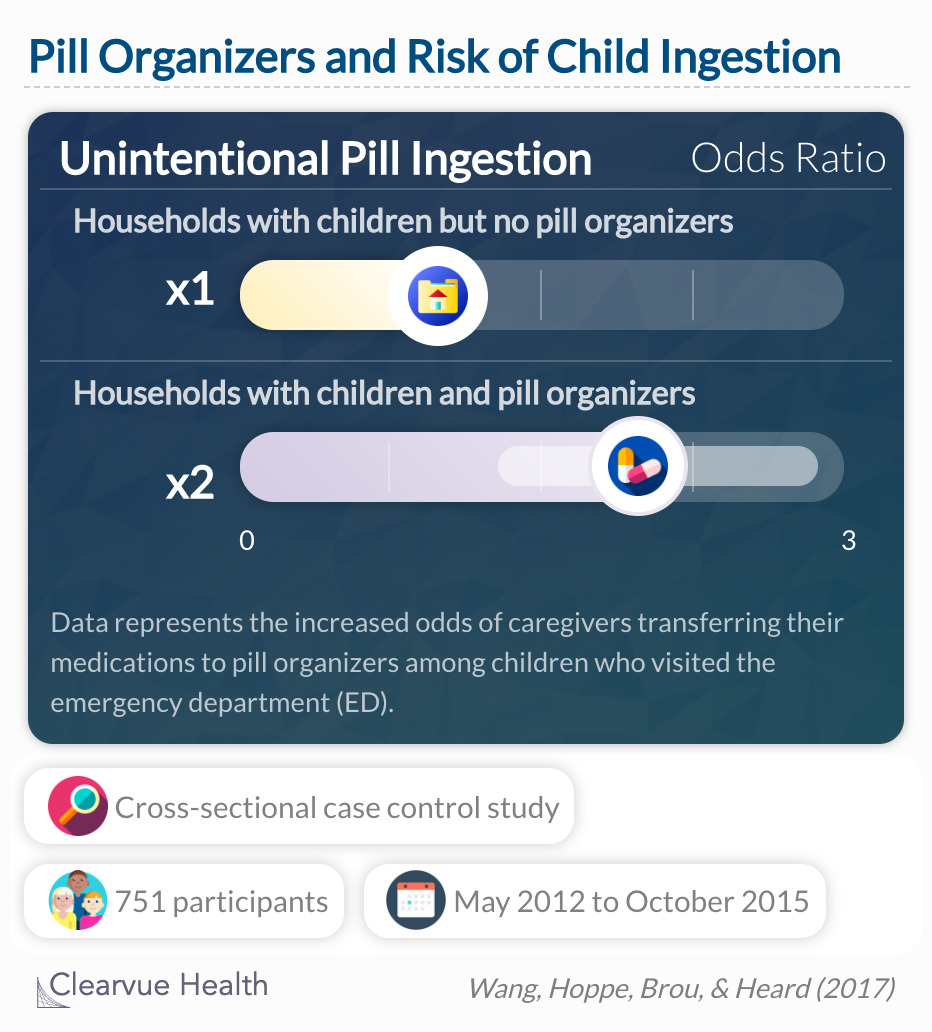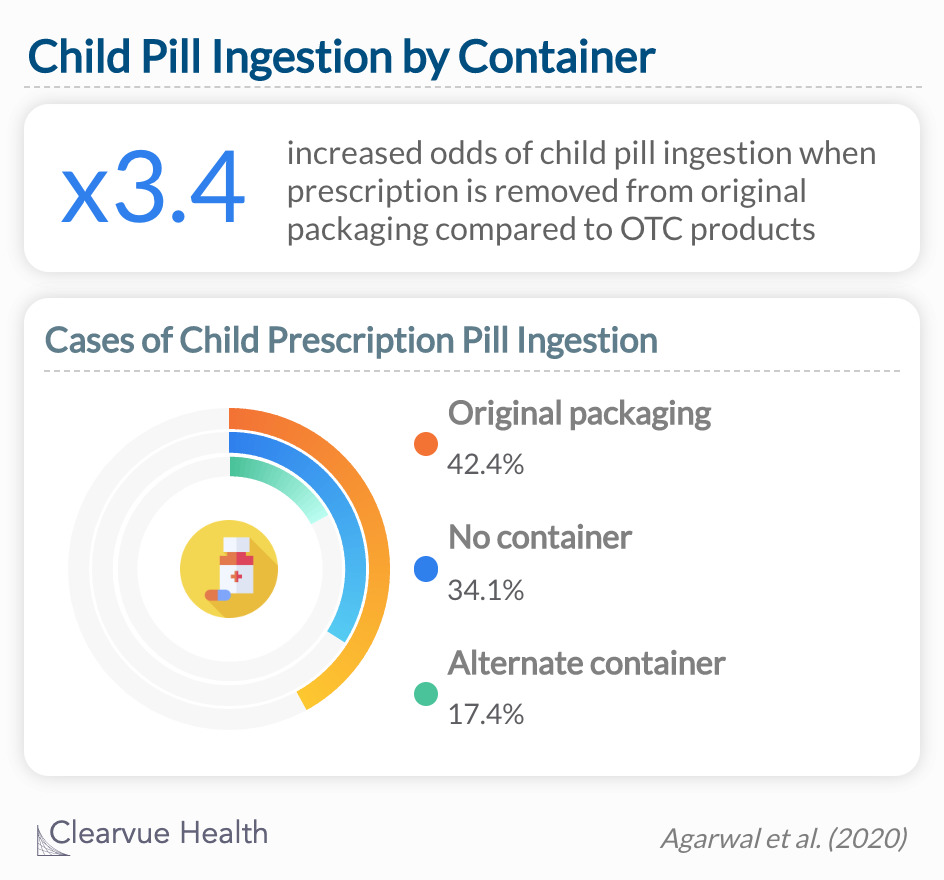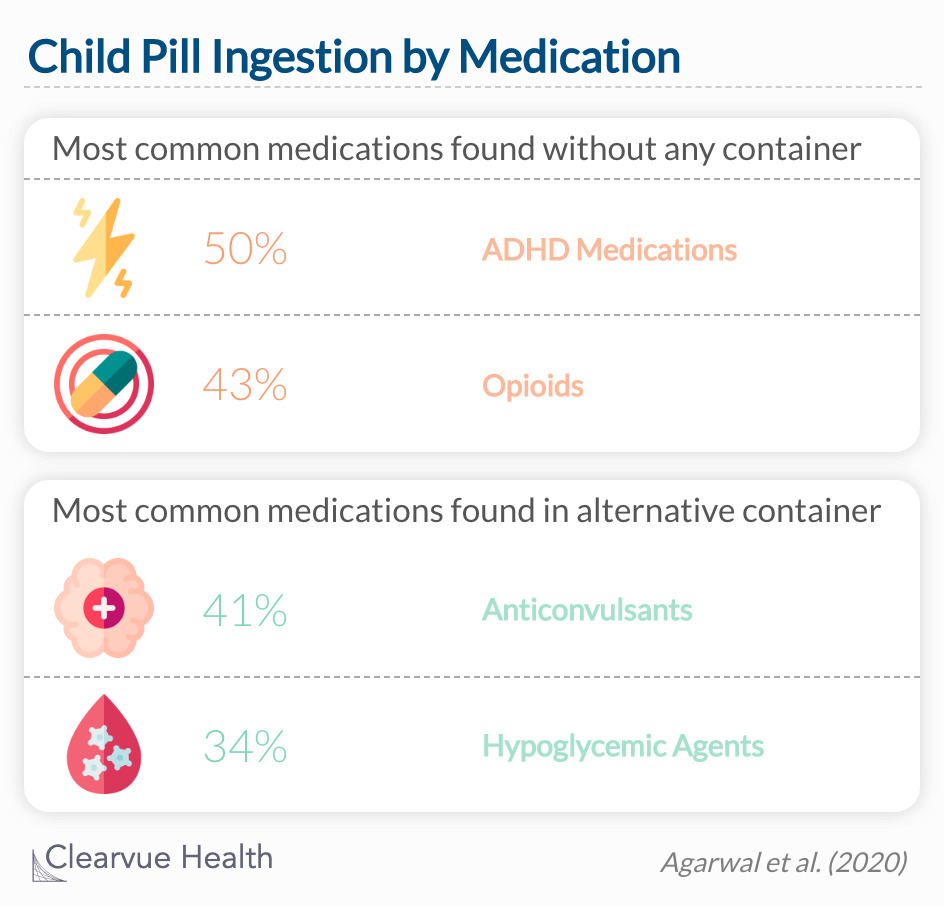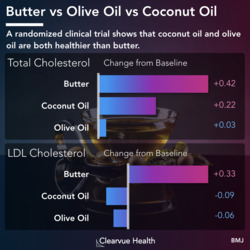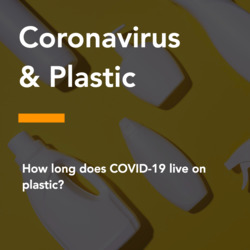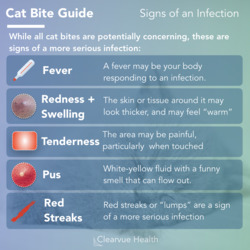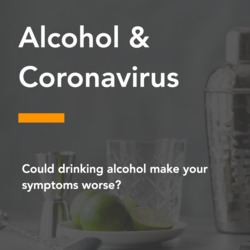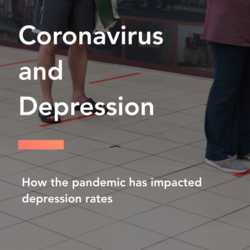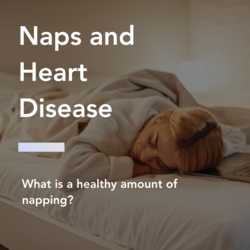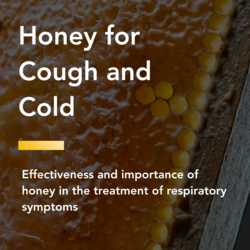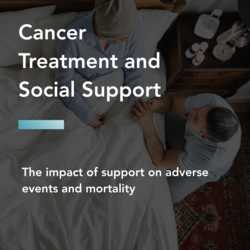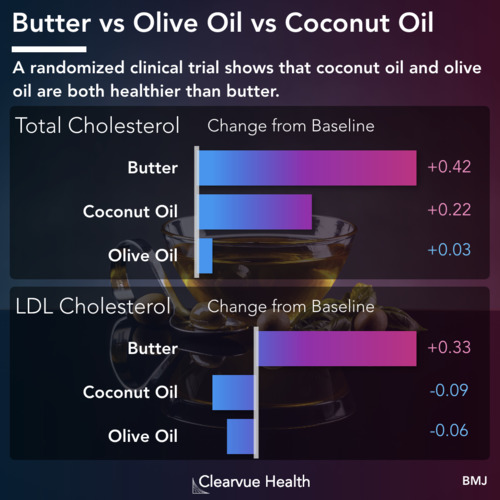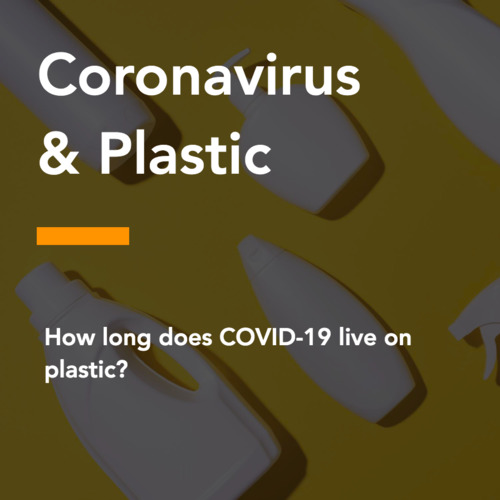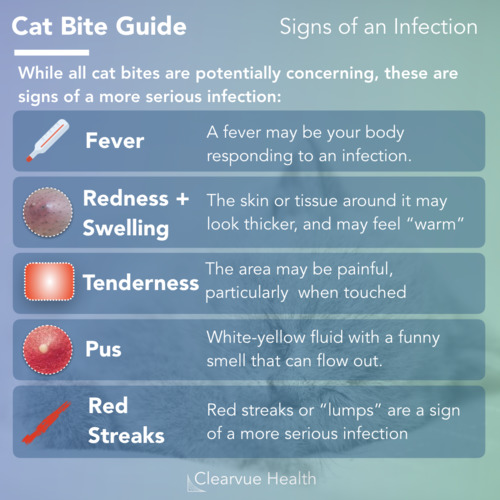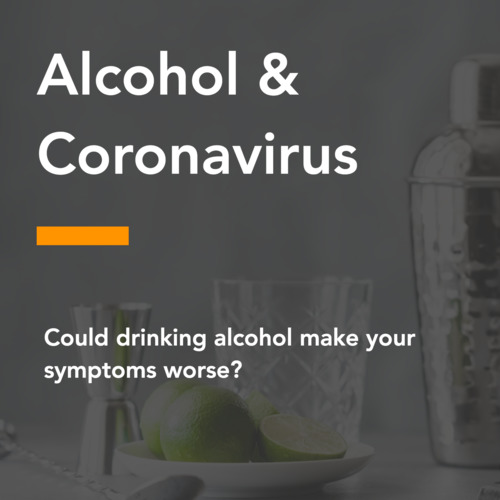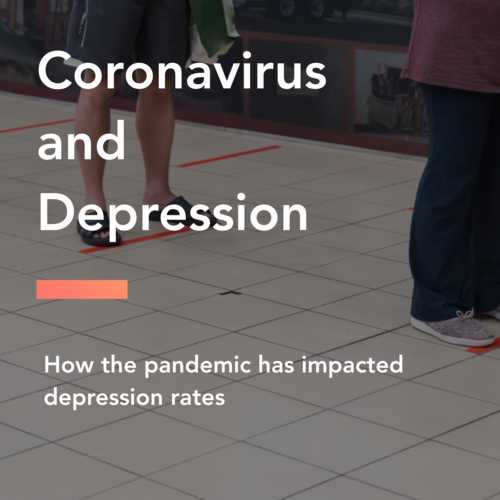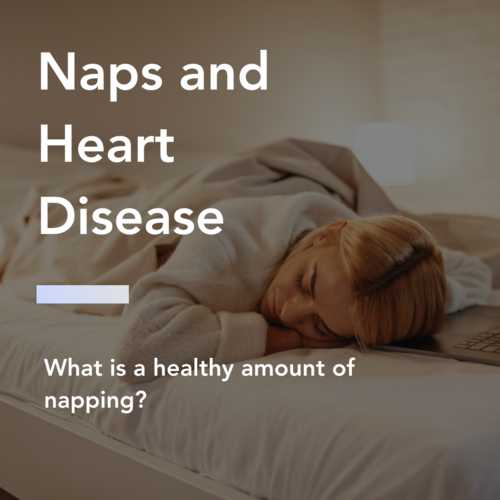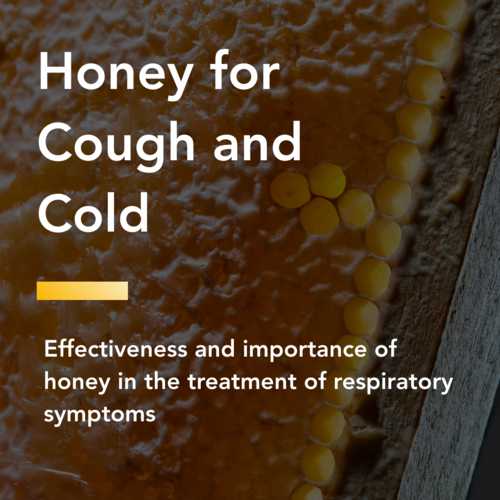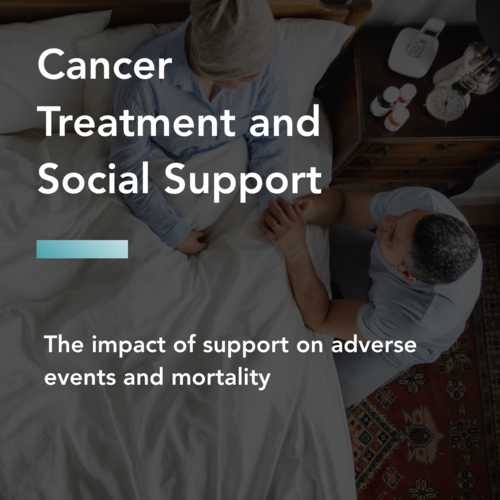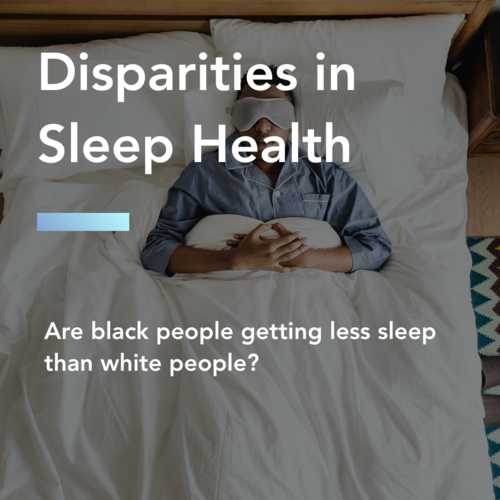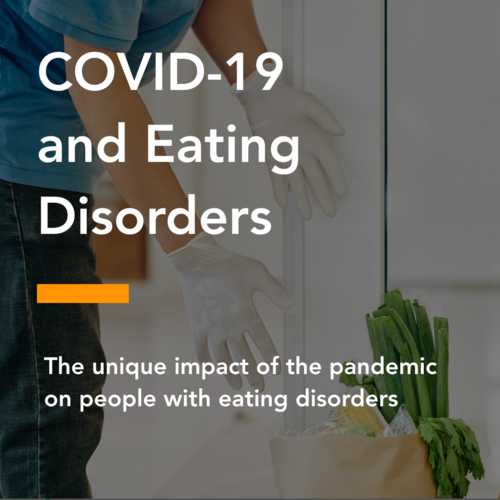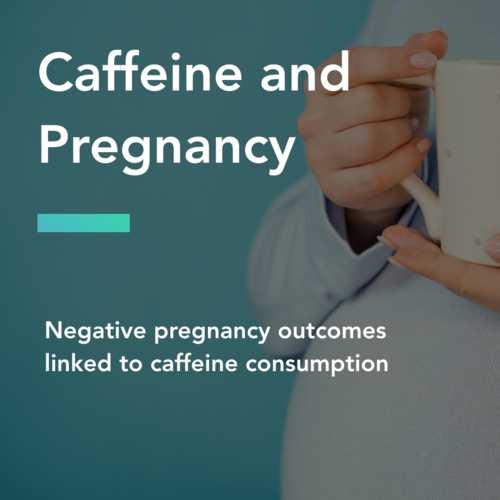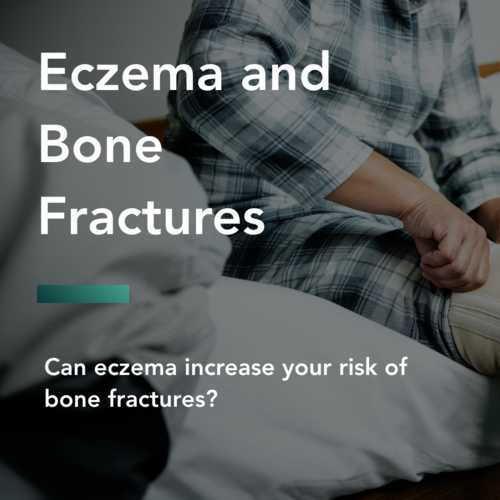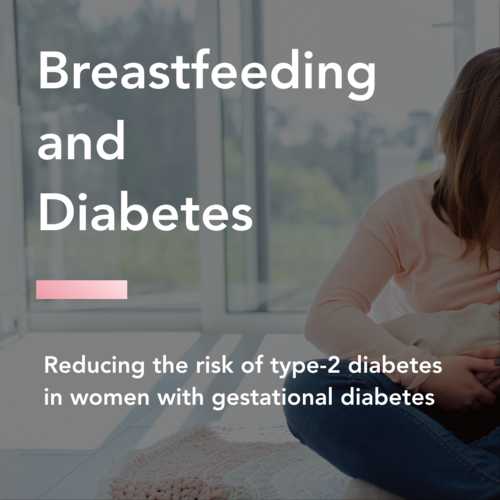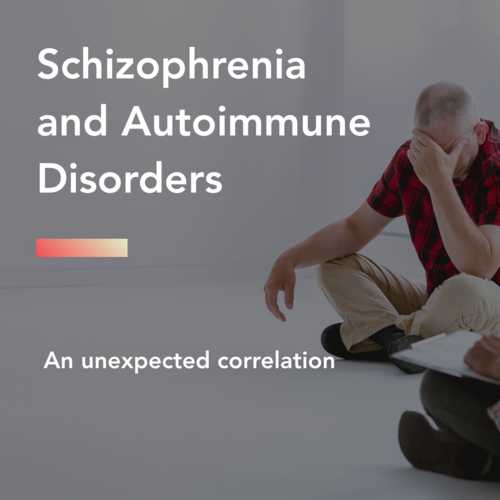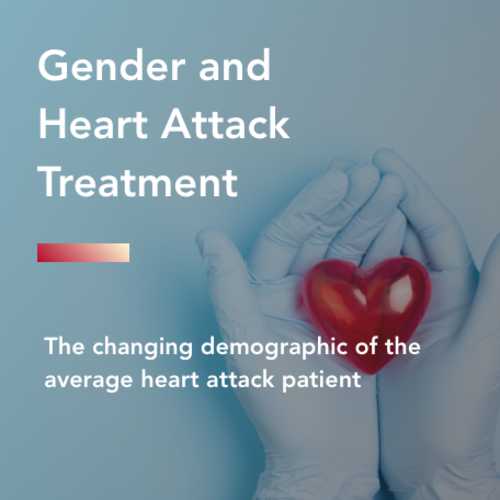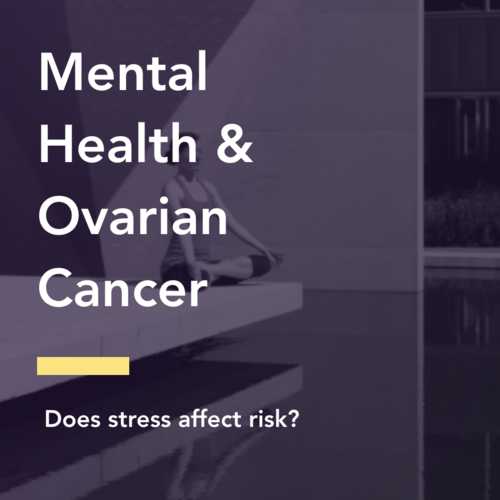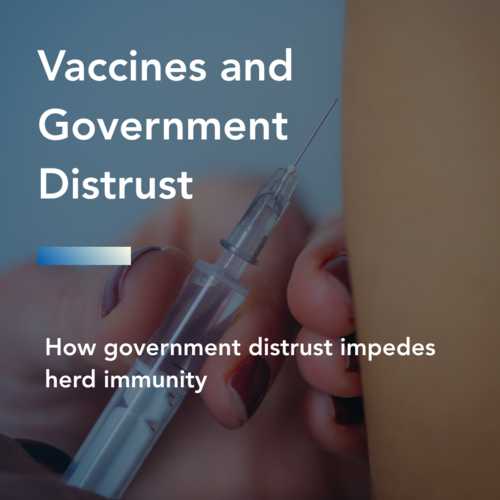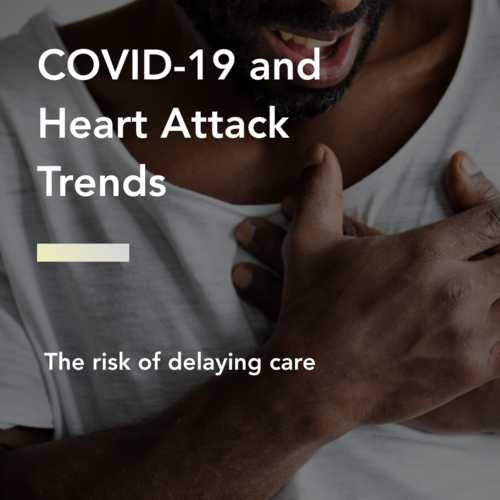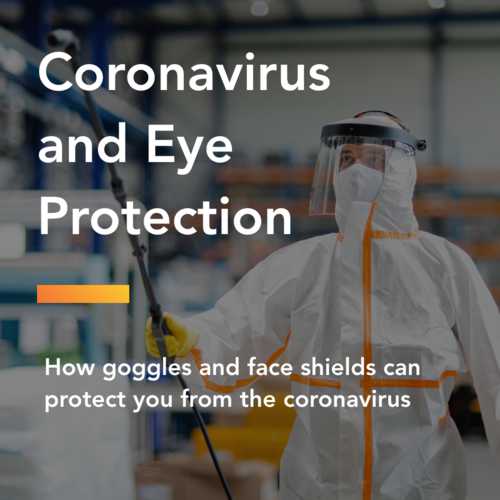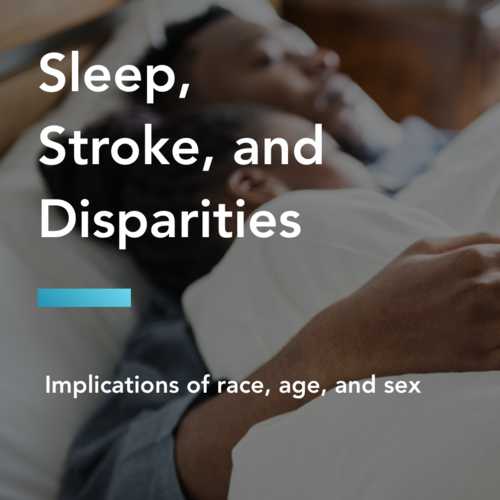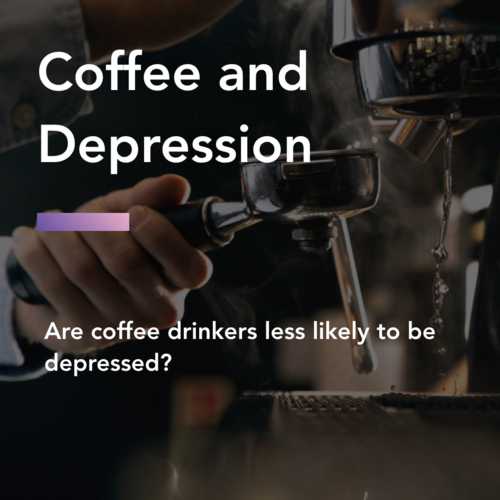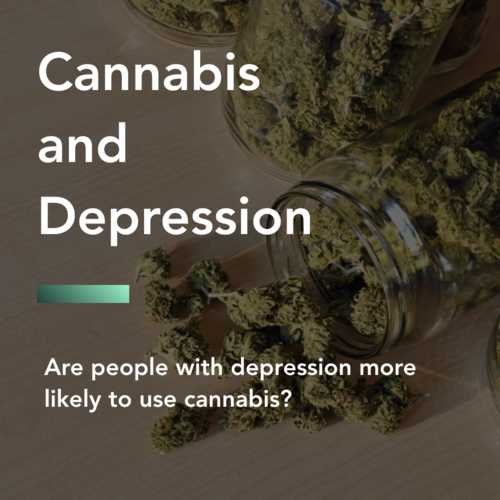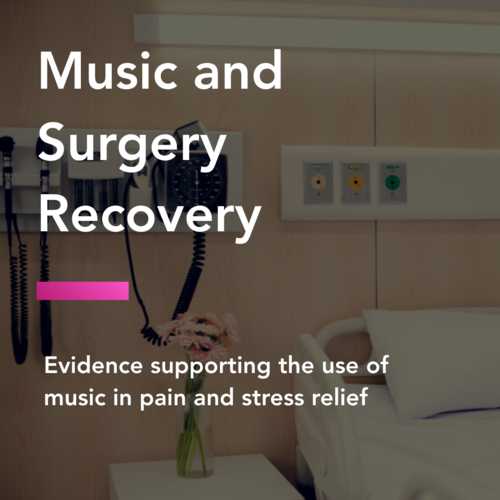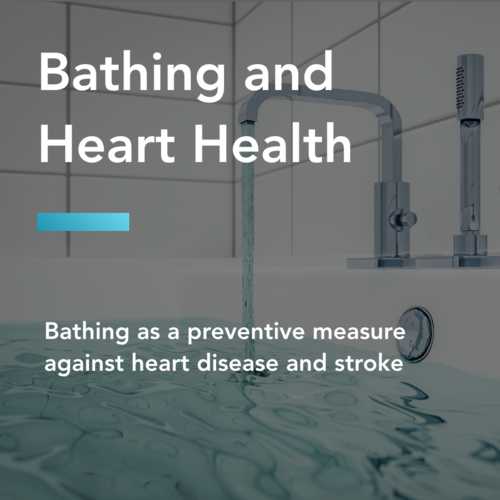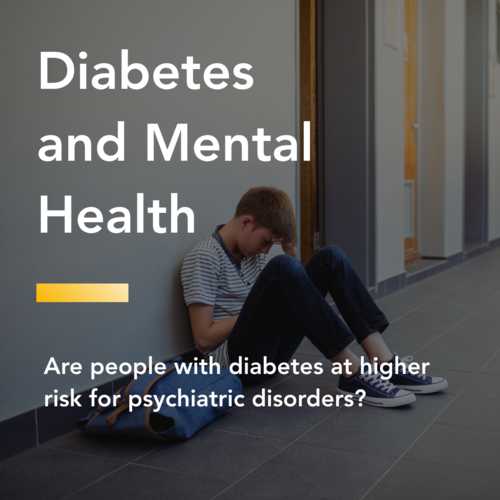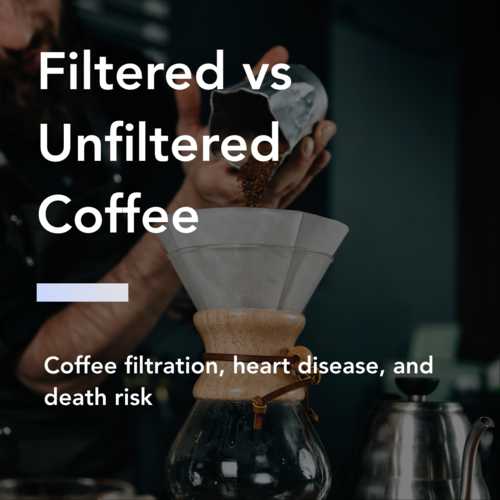A case against pill organizers: unsupervised medications and risk of young child ingestion
Pill organizers are containers meant to store and arrange medication. They are especially helpful for those trying to manage an array of medications by day and time. There are also purse pockets and keychains to store pills for those who travel frequently. Whichever you choose, they all have one thing in common: they require you to take your pills out of its original packaging. This may not seem like a big deal, but it can be, especially if children are in the house.
Risk of putting your pills into an organizer
Researchers recruited 251 cases and 500 controls admitted to a children's emergency department from May 2012 through October 2015. Cases included children 6 years old or younger. The controls were matched by age and sex but without the incidence of pill ingestion. The primary outcome studied was the odds of subjects who unintentionally ingested pharmaceuticals and who had an organizer in the home, compared with the odds of control subjects presenting for a non-injury complaint who had an organizer in the home. A non-injury complaint excludes emergency visits for injuries like trauma, motor vehicle collisions, ingestions, sports injuries, violence.
The unadjusted odds ratio (OR) of risk for unintentional pharmaceutical ingestion with the use of a medication organizer was 2.0 (95% CI, 1.3, 2.9). After adjusting for the presence of prescription medications in the home, the OR of risk for ingestion remained statistically significant at 1.8 (95% CI, 1.1,
2.7).
Source: Medication organizers (pill minders) increase the risk for unintentional pediatric ingestions
Caregivers were asked to complete a home safety survey. Based on the survey results, the risk of unintentional pill ingestion was twice as high in homes with pill organizers. This result stayed significant after considering the presence of prescription drugs and other potentially confounding factors. Interestingly, caregivers in the case group were more likely to use seatbelts and to have cigarette smoke in the home. This suggests that pill organizers may be one of many co-existent risk factors for child injury.
Types of containers for which young children access
Prescription bottles are not the only type of medicine container children can find around the home. There are child-locked and non-child-locked over the counter (OTC) medications that can also cause injury to children. A study surveyed the types of containers most often reported to United States poison centers in cases of child ingestion. Over 8 months, researchers called 4,496 caregivers and asked about their incident with unsupervised medication.
More than one-half of exposures (51.5%) involving prescription medications involved children accessing medications that had previously been removed from original packaging, compared with 20.8% of exposures involving OTC products (aOR, 3.39; 95% CI, 2.87-4.00).
Source: Circumstances Involved in Unsupervised Solid Dose Medication Exposures among Young Children
In total, 51.5% of cases where a child ingested a prescription medication occurred when the pills were transferred from their original packaging, either to an alternate container or no container. When compared to over-the-counter products, the odds of child ingestion was over 3-times higher for prescriptions removed from their packaging. All of this to say, the majority of cases reported to poison centers involve prescription medications taken out of the packaging.
The authors also interestingly reported that 77% of prescription ingestions were in children less than or equal 2 years of age and more than 90% were under 4 years of age.
Attention deficit hyperactivity disorder medications (49.3%) and opioids (42.6%) were often not in any container when accessed; anticonvulsants (41.1%), hypoglycemic agents (33.8%), and cardiovascular/antithrombotic agents (30.8%) were often transferred to alternate containers.
The study also examined the types of medications that are most often reportedly taken out of their original packaging. They found that attention-deficit-hyperactivity disorder (ADHD) medications and opioids were most common in cases where the pills were not in any container. Also, they found that anticonvulsants and hypoglycemic agents were most often found in alternate containers like pill organizers. Anticonvulsants are prescripted to patients with seizures or neurological disorders, like epilepsy. Hypoglycemic agents treat patients with low blood sugar.
In the cases of these two medications, a grandparent was most likely the intended recipient, suggesting that children may have accessed the pills while visiting their grandparents instead of in their own homes. This information can help us understand the types of populations that are most likely to leave pills in the open for children to access. This may also represent a bias in which ingestion cases were called to poison control.
Final thoughts
Since the Tylenol murders in the 1980s, pharmaceutical companies have taken extra steps to ensure the security of medication packaging. Bottles are typically sealed shut and childproof. Clearly, the benefits of its safe design are nullified once repurposed into a pill organizer. Children, especially toddlers and preschoolers, like to grab whatever they can get their hands on. By removing a prescription from its safe packaging, the pills are much easier for a curious child to access.
